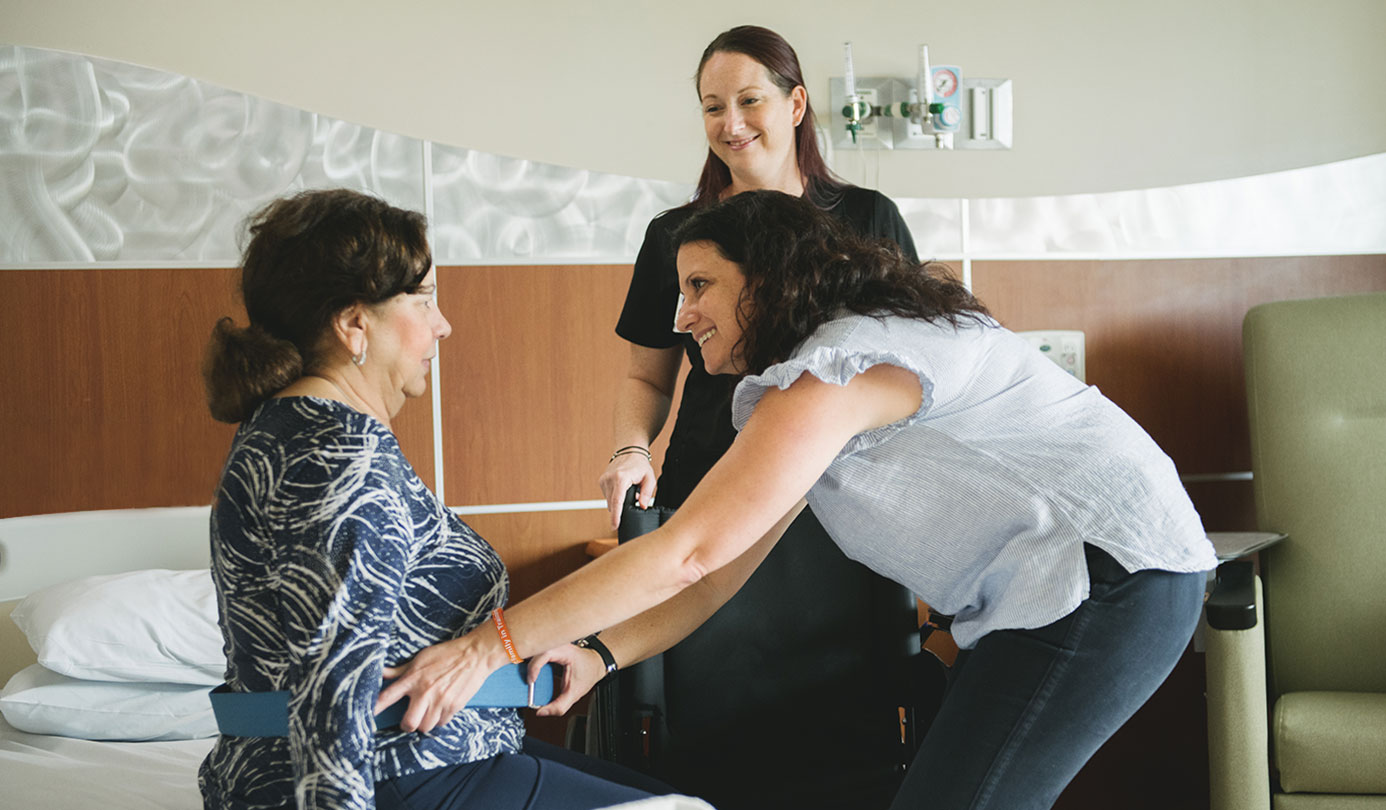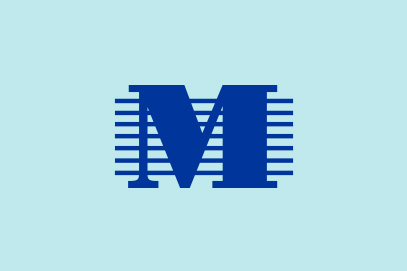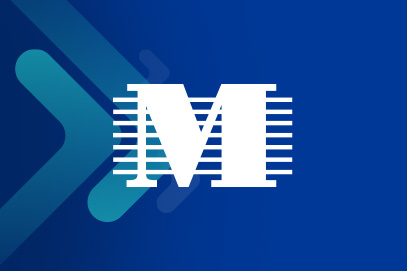Heart Attack
We offer 24/7 heart attack care plus complete follow-up care for any heart or vascular condition.
Call us for more information or to schedule an appointment
855-400-6284When one or more areas of the heart muscle don't get enough oxygen, a heart attack can result. Blockages in the arteries are the main cause of heart attack.
Our goal is to prevent as many heart attacks as possible, but when you need fast, potentially lifesaving heart attack treatment, Memorial Cardiac and Vascular Institute is ready to help.
Why Every Minute Matters in Heart Attack Care
Your heart is a muscle. For every minute that the heart doesn’t receive oxygenated blood, more damage occurs – eventually resulting in the death of heart tissue (infarction). When it comes to heart attack, “time is muscle.”
It is important to unblock and open the artery with a stent as quickly as possible. We use a procedure called percutaneous coronary intervention (PCI) or angioplasty. The faster you receive this procedure after a heart attack, the better your heart muscle’s chance of healing.
The time between arriving at the hospital and receiving lifesaving angioplasty is called door-to-balloon time. The American Heart Association has found that patients get better outcomes if door-to-balloon time is 90 minutes or less. We consistently achieve this 90-minute goal.

Heart Attack Signs and Symptoms
How We Treat Heart Attacks at Memorial
A heart attack is frightening. Everything happens so fast. That’s why it’s important to have an experienced heart attack team at the ready. We offer:
- Emergency treatment: Our Code Heart Teams at Memorial Regional Hospital and Memorial Hospital West are available 24 hours a day, 365 days a year to offer heart attack patients the opportunity for a positive outcome.
- Low door-to-balloon time: We provide potentially lifesaving treatment in 90 minutes or less to patients having a heart attack. When every minute matters, we are here for you.
- Radial artery stenting: We perform more than half of our angioplasty procedures using the radial (wrist) artery instead of the groin. Using the radial artery for cardiac catheterization can be safer and more comfortable for the patient. It also carries fewer risks, and the recovery time is quicker.
- Follow-up care: Caring for heart attack patients is part of our TotalHeart approach. We handle everything from prevention and women’s heart screenings to treatment for nearly any heart condition. After the emergency has passed, you can continue to count on Memorial to provide the heart and vascular services you need, including cardiac rehabilitation.
Call us for more information or to schedule an appointment
855-400-6284



Patient and Family Centered Care
We treat patients and family members as partners in healthcare.
It matters to you. It matters to us.
Quality and Safety Data for Memorial Healthcare System
Our goal is to provide our patients with the information they need to make informed choices for themselves and their families.
View Quality and SafetyYou have a right to know about pricing
We want to give you the information you need to make important healthcare decisions, including the costs of our cardiac services.
View PricingMyChart Portal
View test results, schedule follow-up appointments, request prescription refills and more.
Login or Sign-up to MyChart


